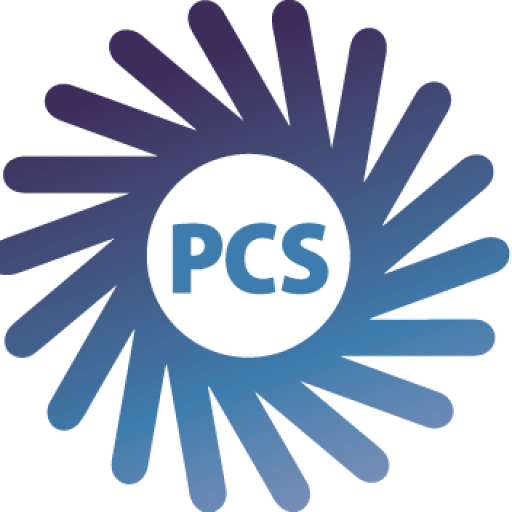I spend a lot of time speaking with financial executives about emerging payment services and the benefits it can offer. Helping them to achieve a vision not previously considered inspires my best thinking. Personally though, I don’t always ride the early adopter wave I preach. My son reminded about this the other day when not long ago, I was the last person, anywhere, to still use a wooden hockey stick.
Composite sticks had dominated every level of hockey for almost a decade, yet I kept the old ways going. It served me well for over four decades and I saw no reason to change. Until one day after a frustrating loss my buddy Paul suggested I try something new. I was reluctant as the new sticks seemed flimsy and the cost alone started at three times the amount of the highest priced wooden stick I used.
It took about three games to get used to it. The composite stick was as stiff as my old one but it was also twice as flexible and half the weight. The grip alone was enough to make me want to change. From that point forward there was no looking back, I now wield an instrument instead of a blunted tool. Had I taken the time to research or even talk about the pluses and minuses with those already using the stick, I might have changed sooner.
Changes Lead to Savings and Revenues 
That whole hockey stick experience is similar to what I’m seeing today in commercial acceptance. Despite the movement away from paper cheques and invoices to digital payments and accounts receivable tools, Suppliers are reluctant to establish a formal plan for accepting cards. Most of the reasons are tied to ignorance around interchange fees or the cost involved in setting up an infrastructure. Acceptance therefore is more of an after-thought, limited to collecting bad debts. Or in response to high-valued customers’ insistence on using cards to transact.
In Canada, MasterCard was the first to adjust interchange pricing to be more competitive – particularly for big-ticket items. To qualify for these lower rates, data must be passed along with the transaction like an invoice accompanying a shipment. Except, this is all done electronically. The rich data now being generated is powerful. More so than simply reconciling, tracking and being compliant, it has the ability to convert cost centres into revenue generators.
Card Acceptance as a Receivables Solution
Buyers prefer Suppliers that accept card versus ones that do not as evidenced by how RFPs are scored. One of the main reasons is because Buyers earn rebate revenues on spend. Many would be open to substituting early pay discounts for card given the rebates available and the billing cycle grace period – which helps lower working capital requirements. These activities and more all contribute to increased sales as Buyers will increase both frequency and volume of goods purchased under such an arrangement.
So, with a robust processing network capable of generating the rich data Suppliers need to manage their business, credit cards are more than a collection method but an accounts receivable solution. According to a MasterCard Canada study, businesses that still accept cheque as a payment method for accounts receivables are losing out on 41% of potential cost savings and a significant reduction in their order-to-cash cycle.
It all Starts with an Analysis
Being payment ready makes good business sense. In order to get there, analyzing accounts receivable metrics is where it starts. The end result can be transformative: could you imagine the accounts receivable function as profit centre? It’s not only possible, it’s happening today. If you feel help is needed, please feel free to reach out. I’m here to help.
